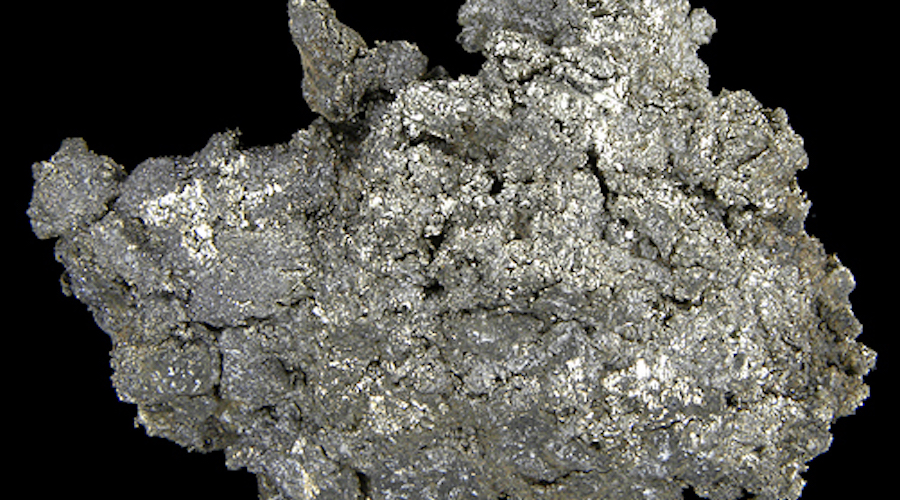
According to the scientists, for several years now, researchers have tried to transfer this efficient approach to the internal microstructure of materials, for example, by using 3D printers that can replicate engineering truss structures on a micrometer scale.
3D printers, however, can only print a maximum of 10,000 beams so that is not really a viable option.
Despite this limitation, the Germany-based team started thinking about what could be done if beams were strengthened by downsizing them to few nanometers in diameter. They believed these beams could provide the basis for a new type of material—exceptionally light, and at the same time, strong.
If using other metals, the material could become interesting in new concepts for vehicles that are lighter and therefore more energy efficient
Yet, such a material would have to contain trillions of beams, far exceeding the capability of even the most sophisticated printer. “That is why we have to trick nature into making these kinds of materials for us, simply by self-organization,” Shan Shi, who led the research, said in a media statement.
As a start, the team used an alloy of 93% silver and 7% gold. This alloy was dipped into diluted sulfuric acid, dissolving out approximately half of the silver. As a result, the remaining material rearranged itself, forming a delicate network of nanoscale beams. Afterward, the material underwent a heat treatment at several hundred degrees, which coarsened the network to a beam size of 150 nanometers while maintaining the original architecture.
During the last step, acid was used to wash out the rest of the silver, leaving only gold beams with a pore size of 15 nanometers on average. The result was a hierarchically structured material with two distinctly different beam sizes and whose open network structure makes it consist of 80 to 90% air, giving it a density of only 10 to 20% of the solid metal.
“In view of this material’s low density, it shows exceptionally high values for key mechanical parameters such as strength and elastic modulus,” said Jörg Weißmüller, who co-authored the study on these findings published in Science. “We have removed much of the mass and left very little, but the material is much stronger than what has been state of the art until now.”
Weißmüller said that this demonstrates for the first time that a hierarchical structure can be beneficial not only for macroscopic engineering truss structures such as the Eiffel Tower, but also for lightweight network materials.
The researcher recognized that the new material is not yet suitable for applications in lightweight construction as gold is simply too expensive, too heavy and too soft for that purpose. Yet, the design approach could conceivably be transferred to other, more technologically relevant metals like aluminum, magnesium or titanium.
“It seems entirely feasible to make wires or even whole sheets of metal by our process,” Weißmüller said. “At that point, the material will become interesting in real-life scenarios, for example, in new concepts for vehicles that are lighter and therefore more energy efficient.”




